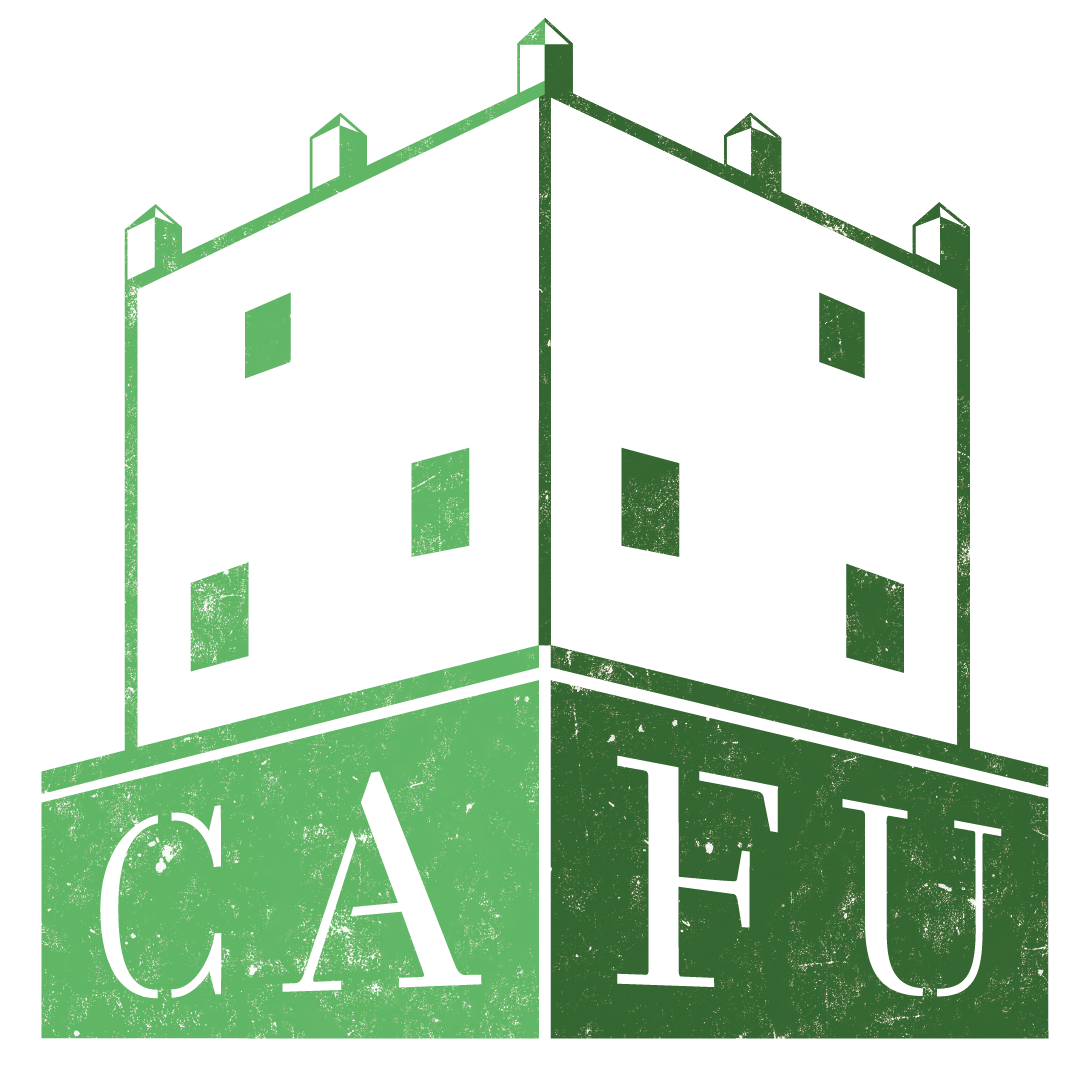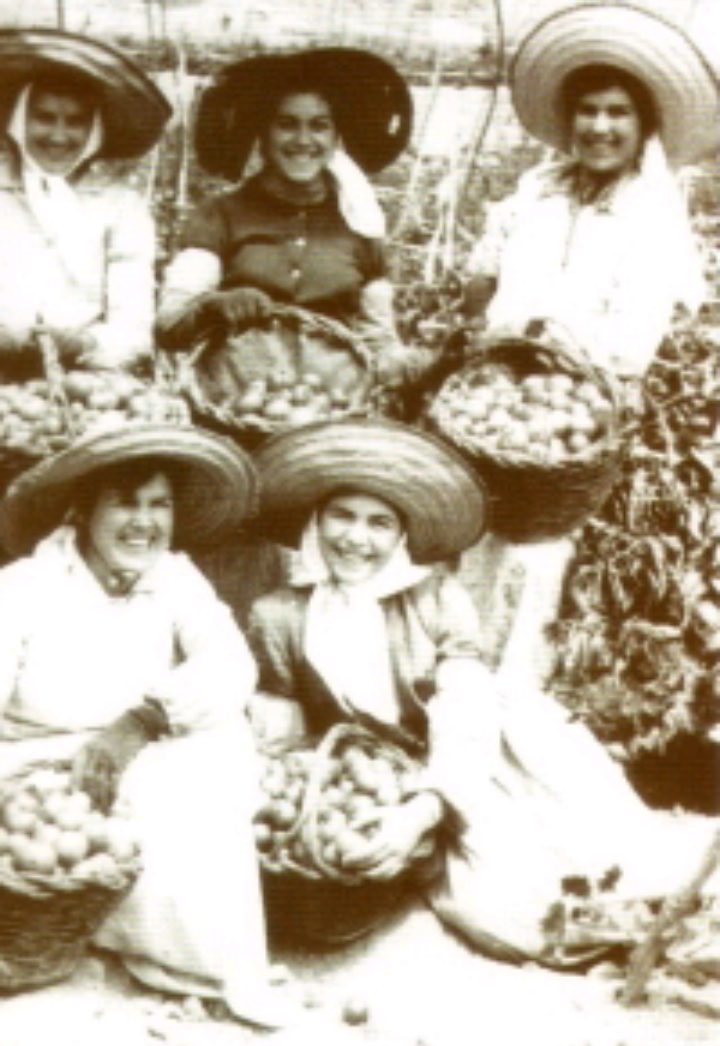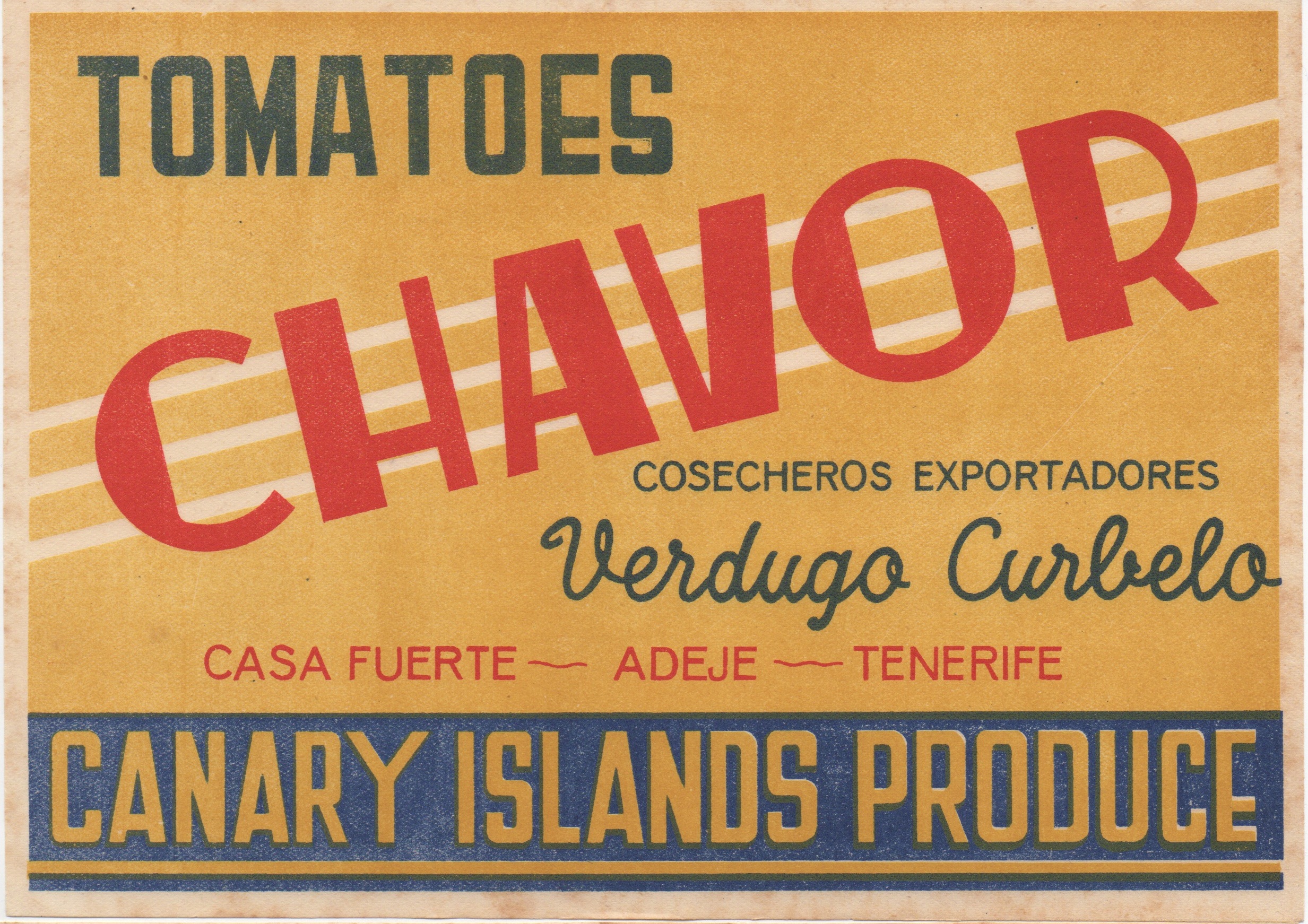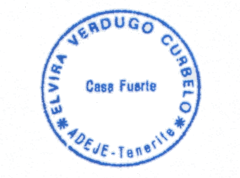Our Story
The Casa Fuerte of Adeje is a fascinating and mysterious place.
Her legend is romantic but also dark.
The Casa Fuerte of Adeje had a modest beginning: a sugar mill built by the Genoese Ponte family. This would change when a few years later the family were forced to defend themselves from pirates. They requested permission from the King to construct a Fort and in1555 they built a tower where they could take shelter.
Over time, the Adeje sugar mill prospered and until 1811 it was the longest-running sugar mill in the archipelago. Cane sugar was packaged and exported in the shape of loaves of bread, creating a source of thriving economic growth for Casa Fuerte.
The Ponte family, already Counts of La Gomera and Marqueses of Adeje, became even more powerful and ruled Adeje for almost three centuries. An impressive family archive has been preserved with various documentation from the time including wills, dowries, land purchases, and inventories of goods.
Little is known about what was built inside the Casa Fuerte between the 16th and 19th centuries, since we lack general plans of the castle and palace until 1873. During this time, it became immense with an oratory, granaries, stables, a boiler house, an infirmary, a bagasse store, a tank, a cellar for honey, wine and brandy, a bakery, an accounting office and a sugar room. In short, the world of Casa Fuerte was very complex - a bustling place of work and activity.
As of 1766, when the last Ponte died, the owners moved to Madrid. Even so, in 1779 there were 57 people living in La Casa Fuerte. From this point, the administrators in Madrid became accountable.
In 1811 conditions of the land became worse and a plague of worms affected the production of the cane fields. This forced La Casa Fuerte to change course, pivoting to fruit plantations and vineyards.
Tomato factory label ©CAFU
The most disastrous event occurred at the dawn of the 20th century. On April 9, 1902, a virulent fire occurred that almost completely destroyed La Casa Fuerte. Its main buildings, the palace and the granaries, were lost forever. Paradoxically, the old tower fortress remained standing. It will never be known if the fire was started intentionally or not, to lower the value of their lands as the great mansion disappeared. It is part of the sad legend and the decadence of Casa Fuerte. Fortunately, the magnificent archive was saved along with the furniture, family portraits, weapons and chain mail, as they had been transferred to Madrid many years before.
It would be unfair not to mention Mr. Henry Wolfson, an Englishman of Jewish and Russian origin, as promoter of the agricultural exploitation in Tenerife of bananas and tomatoes for their subsequent commercialization in Europe, especially England.
Both Mr Wolfson and the Fyffes company had purchased numerous lands, which were once linked to the Ponte, the former of The Strong House. With them and other cooperatives a time of agricultural heyday was reached that culminated in 1887.
A new family, the Curbelos from Gran Canaria, settled in the Casa Fuerte from 1904. They modernised by building new constructions inside and on the façade. In the left wing, entering through the portal, the packaging factory was built and in the right wing to the north, the compost and fertilizer room.
Crops were grown, transplanted, the fruits were collected and taken to Casa Fuerte, where they were separated by quality and size for later shipment through the Valito dock. From there, they were exported to the peninsula and Europe. A similar process was undertaken with bananas and to a lesser extent with aubergines, oranges, lemons.
They brought much prosperity to Adeje and its surroundings, and workers came from other islands, such as La Gomera and Gran Canaria. When they finished their work in the garden, many continued to go to the packaging factory to help. The number of workers depended on the harvest but it is estimated that there were around 40 or 50 workers, about half were the women in the packaging of the tomato crates.
Tomato factory label ©CAFU
Tomato factory label ©CAFU
With the passage of time, the subsidies stopped and the competition from the peninsula and the cheaper Moroccan tomatoes could not be overcome. Packaging was closed in the 1980s, with the San Sebastian cooperative taking over.
The flourishing tomato business, under the Curbelos, constitutes another golden age, albeit short, of the Casa Fuerte farm. It is reflected today in the beautiful labels discovered almost at random and with great joy in a dusty cardboard box inside the old keep.











